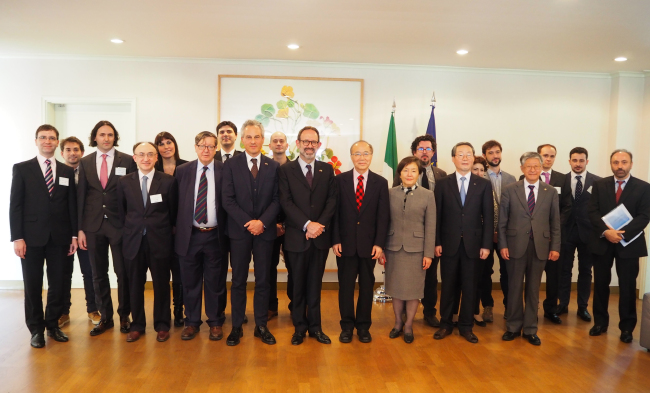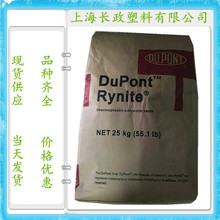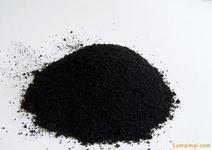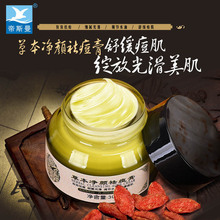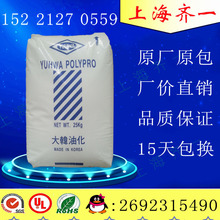New coating covers perovskite solar cells' last Achilles heel
Perovskite is quickly gaining on silicon in the solar cell field, but it has one major drawback – durability. Now, a new treatment has been shown to keep perovskite solar cells working at 99% of their efficiency after 1,000 hours of use.
Silicon solar cells may have had a head start of several decades, but perovskite is rapidly closing the gap after only about 15 years. Not only is its efficiency approaching that of silicon, but it's also cheaper, lighter and more flexible.
But of course, there’s a catch – perovskites tend to break down when exposed to the elements, which isn’t ideal for devices designed to sit out in the Sun all day, every day, for decades. Scientists have experimented with strengthening them by adding bulky molecules, 2D additives, carbon nanodots made of hair, or quantum dots, among other things.
Now a team has used a new adhesive to protect perovskites. It’s called BondLynx, and it was originally produced by Canadian materials company XlynX for other purposes before being tested on solar cells.
The problem with perovskites begins when organic components in the material are activated by heat and light and can escape, weakening the perovskite and damaging other materials in the solar cell. BondLynx is a crosslinker that forms chemical covalent bonds with those organic components, preventing them from wiggling loose and reducing efficiency.
The team treated perovskite solar cells with BondLynx, and then exposed them to long-term heat and light to see how well they fared compared to solar cells that hadn’t been treated. The solar cells started with an efficiency of 24%, and retained almost 99% of this after 1,000 hours of continuous exposure to simulated sunlight. By comparison, untreated solar cells lost 35% of their original efficiency under the same conditions over the same time frame.
The solar cells were also exposed to a constant heat of 60 °C (140 °F) for 600 hours. The BondLynx-treated ones managed to hang onto almost 98% of their efficiency over that time, while the control group lost 27% of theirs.
Although the tests were only conducted for a matter of months, the fact that the treated cells barely lost any efficiency at all suggests they should be able to endure for far longer. Along with another recent coating was estimated to give perovskite solar cells a 30-year lifetime, this plucky new contender might have patched up its Achilles heel and soon challenge silicon for solar supremacy.
The research was published in the journal Joule.
Source: XlynX
(责任编辑:新闻中心)
- ·中山古镇:到苏炳添家乡看“村BA”,来一场说走就走的美食之旅
- ·Elon Musk texted Bill Gates about shorting Tesla stock
- ·Koreas set to hold high
- ·Brazil police end Neymar rape probe over lack of evidence
- ·Apple to start manufacturing iPhone Pro in India, report claims
- ·The most extreme space explosions and crashes of 2022
- ·Bored Apes Yacht Club's Instagram hacked, resulting in theft of millions of dollars of NFTs
- ·New NK solid
- ·Sinner vs. Michelsen 2024 livestream: Watch US Open for free
- ·Top court advises on sexual violence trials
- ·Get Thee to Totality: Chicago
- ·A black hole is pointed at Earth. You're not in danger.
- ·N. Korean family decided to cross border amid tightened COVID
- ·Scientists search near supernova for aliens trying to contact us
- ·Arshad Nadeem receives Hilal
- ·中国电信全力保障灾区信息畅通
- ·关键时刻 常态地震应急演练 保障师生有序撤离
- ·How to manage access to collaborative playlists on Spotify
- ·9 Festive Holiday Treats and Where to Find Them
- ·Bored Apes Yacht Club's Instagram hacked, resulting in theft of millions of dollars of NFTs

